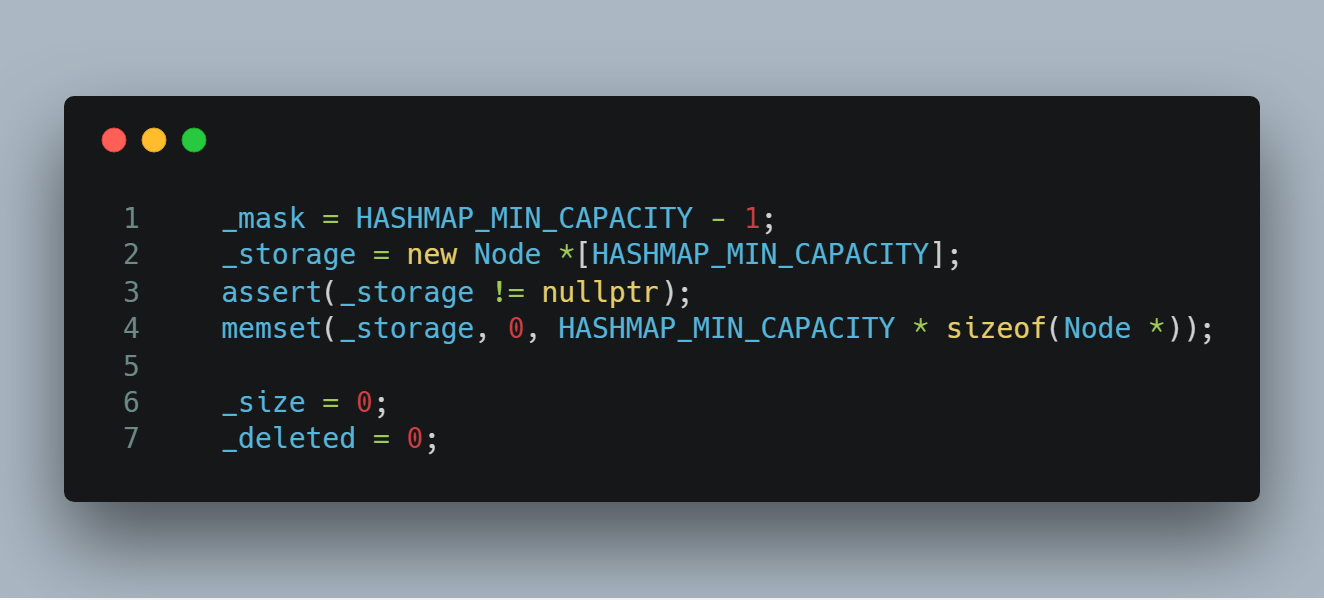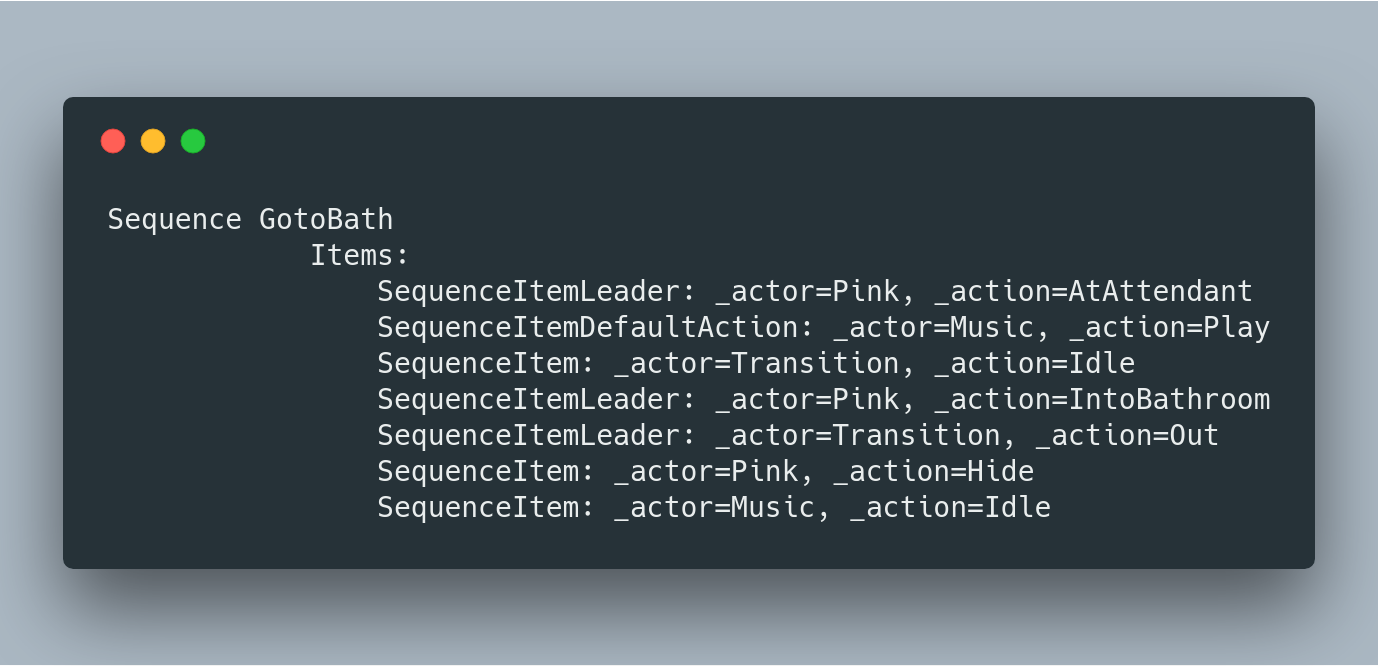At the ninth week I have done:
- partial implementation of ActionText. The code will be pushed when the main problems will be fixed.
A big thanks to Eugene Sandulenko for implementing the menu.

Problems with menu:
- Sounds and sprite timers don’t pause.
- No support for a multi-level menu.
- Menu content is hardcoded. To solve this a menu parser from exe will be written.
Problems with ActionText:
- no text because MacText doesn’t support unicode strings;
- no support for non-scrollable action text.
ActionText
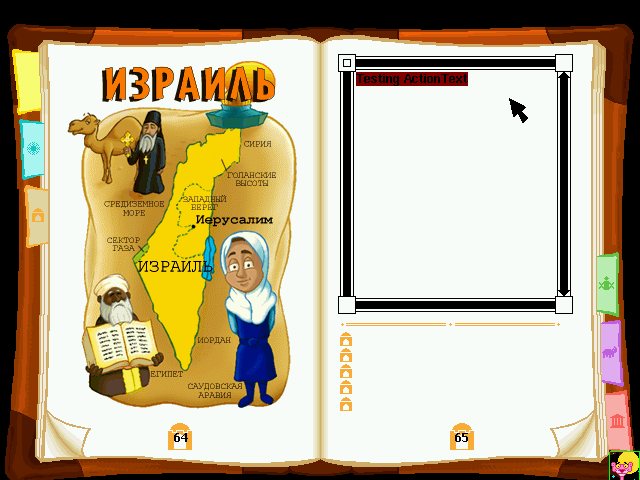
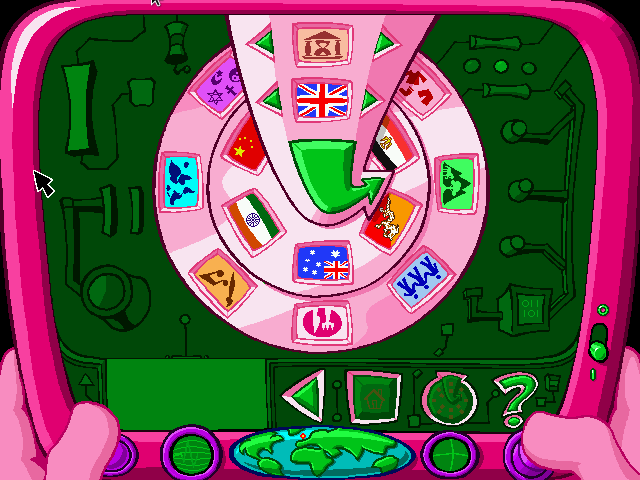
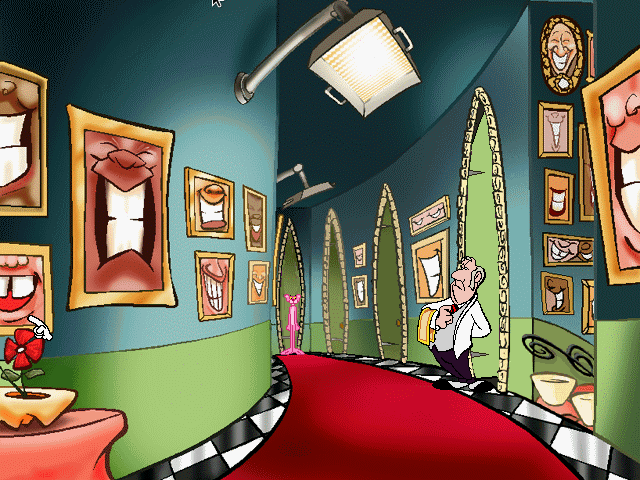
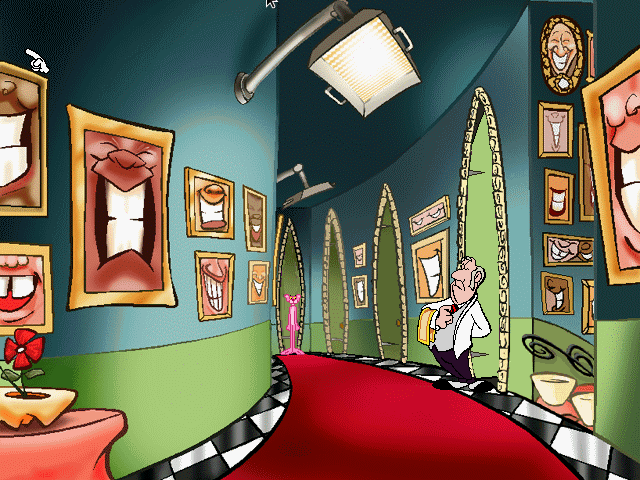
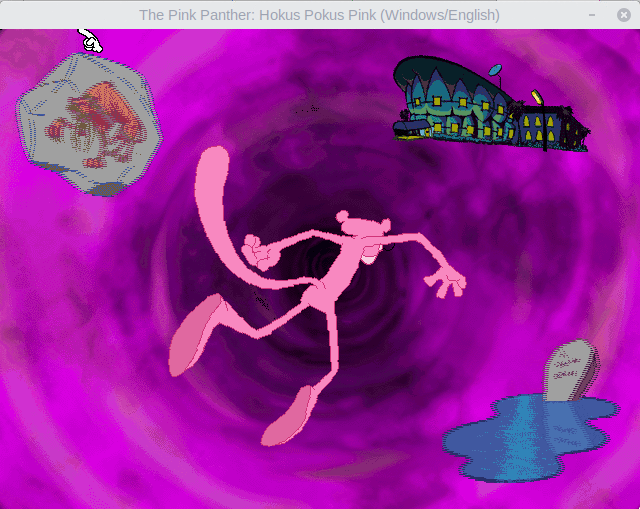
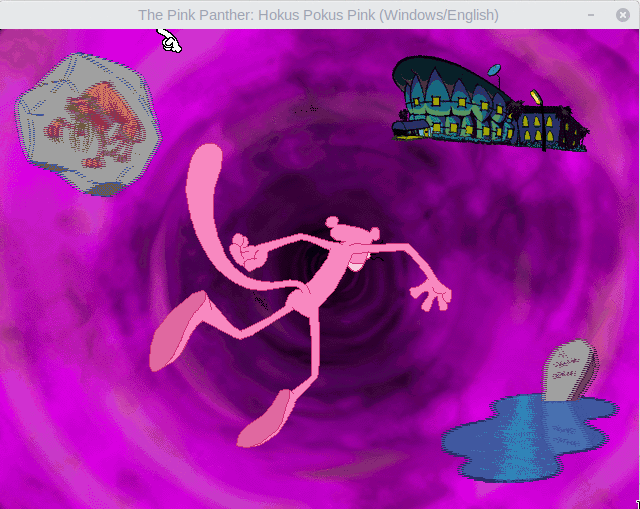
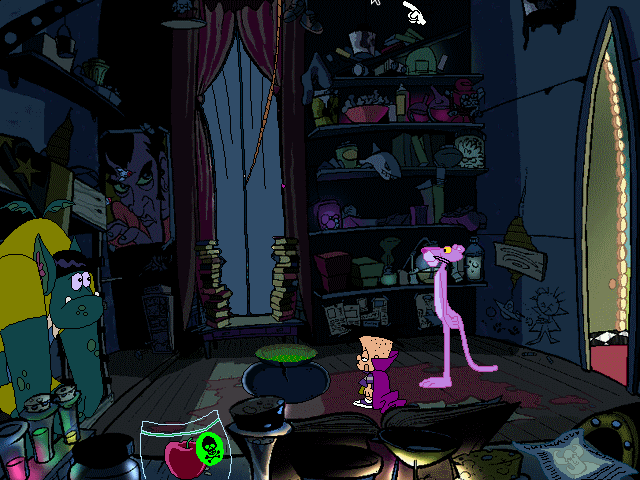
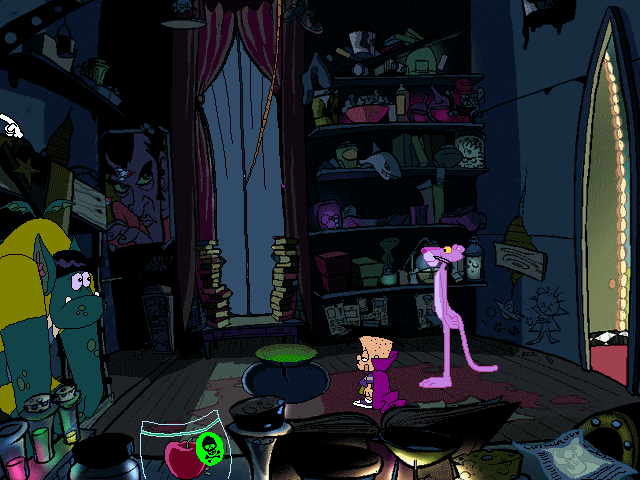
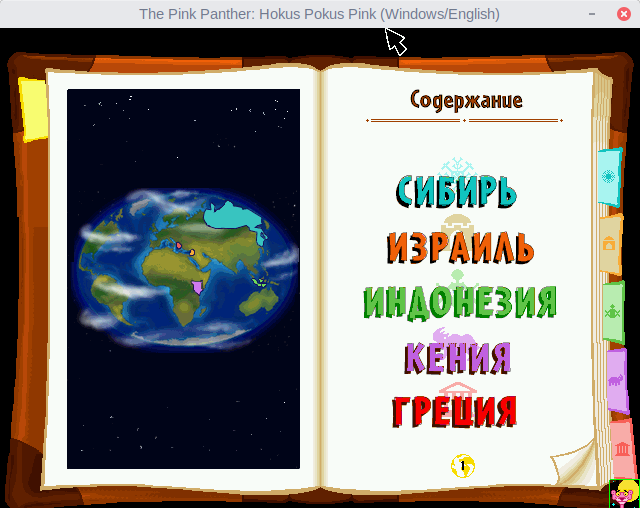

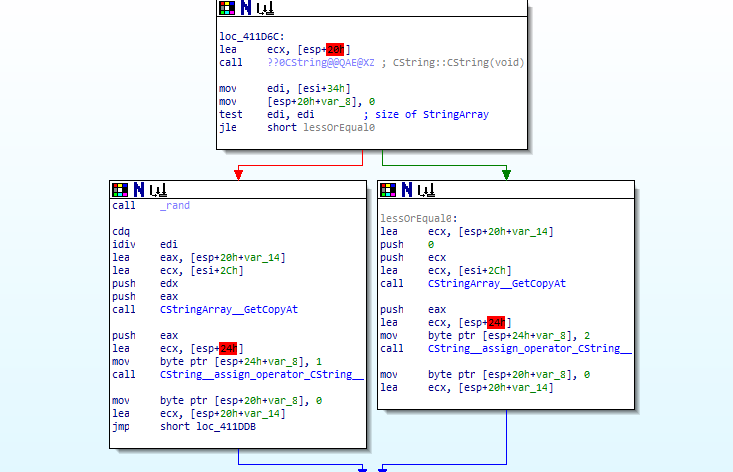 Code for this asm
Code for this asm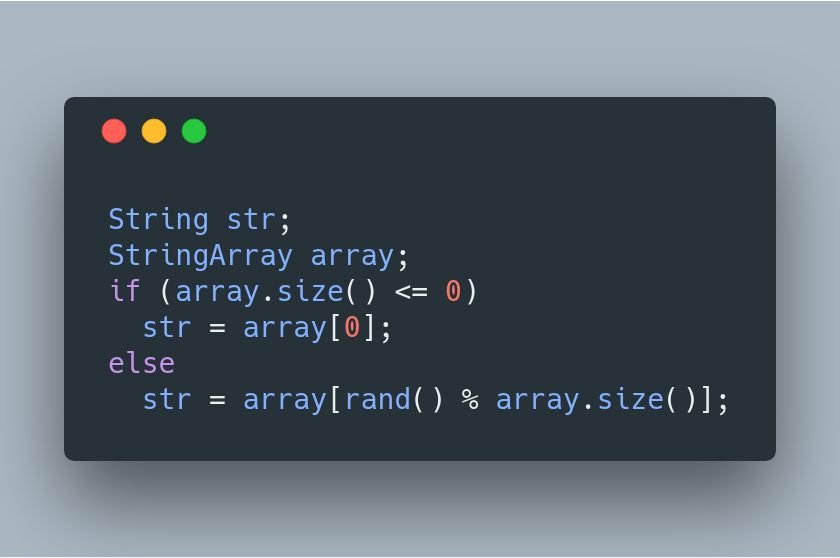
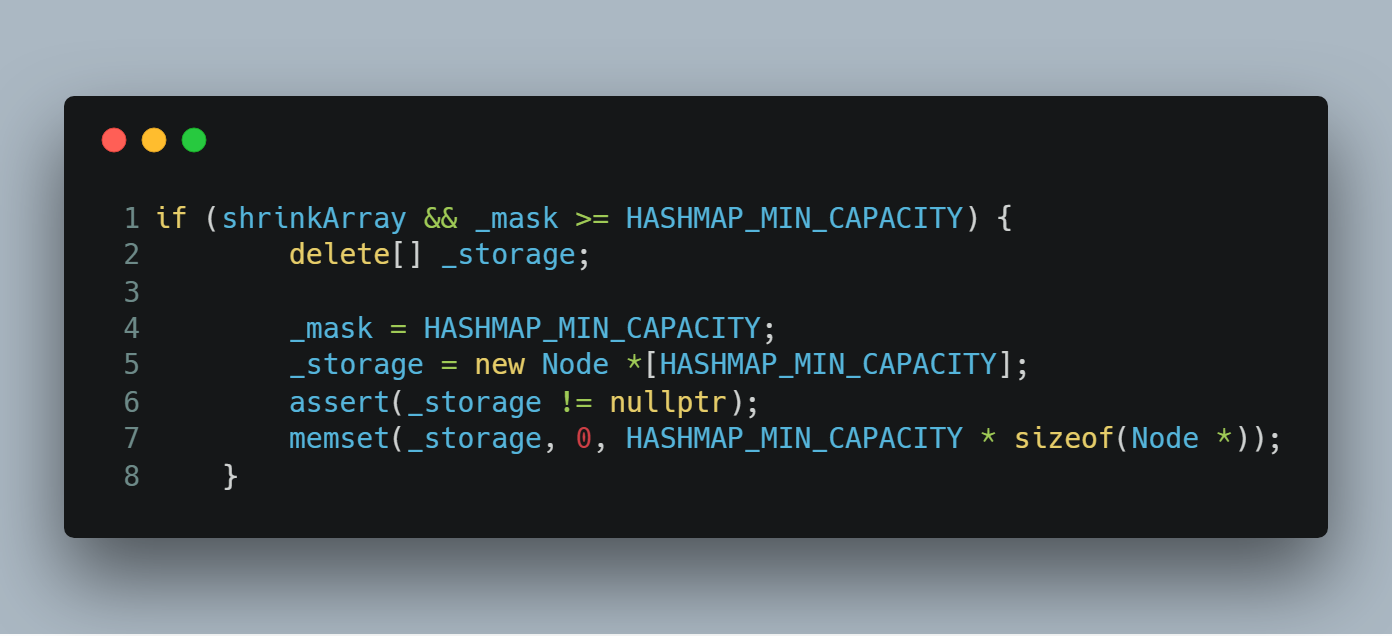 And this part of HashMap constructor(Line 1):
And this part of HashMap constructor(Line 1):